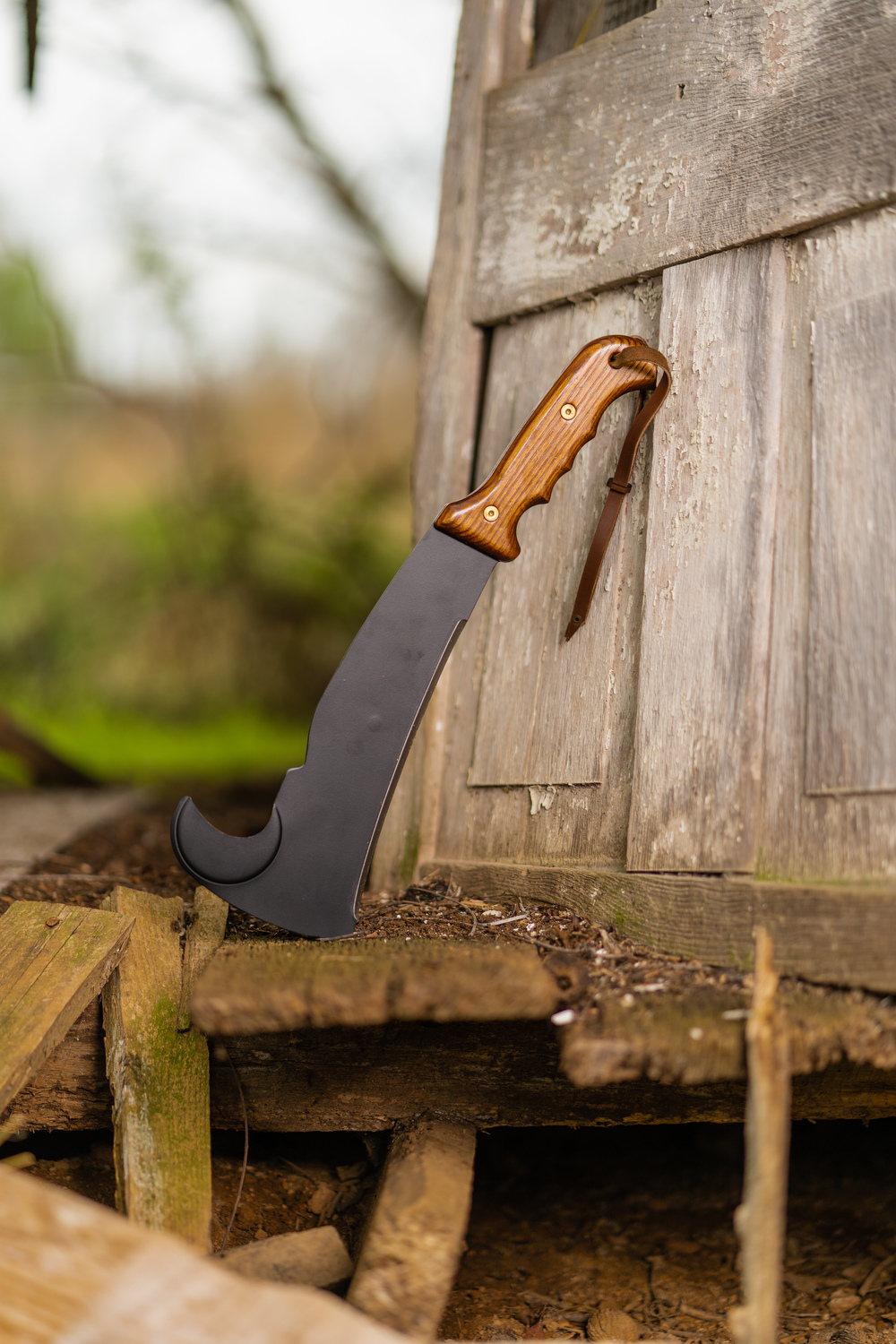Eat to Survive: 10 Edible Wild Plants
Share
Whether you find yourself stranded in the wild or merely stuck on a trail far from your campsite, knowing what plants are safe to eat can range from solving the gnawing of your belly to saving your life.
You may immediately think of wildlife when you think of survival foods - fish, rabbits, even squirrel and snake - plants and berries are where you’ll get a lot of vitamins from, and in some cases may be more readily available than hunting your next meal.
Many plants in the wild are poisonous, so it’s important to identify and learn to recognize the edible ones long before you need the information. This list isn’t comprehensive, but it is made up of many of the more common edible plants you’ll find across North America.
